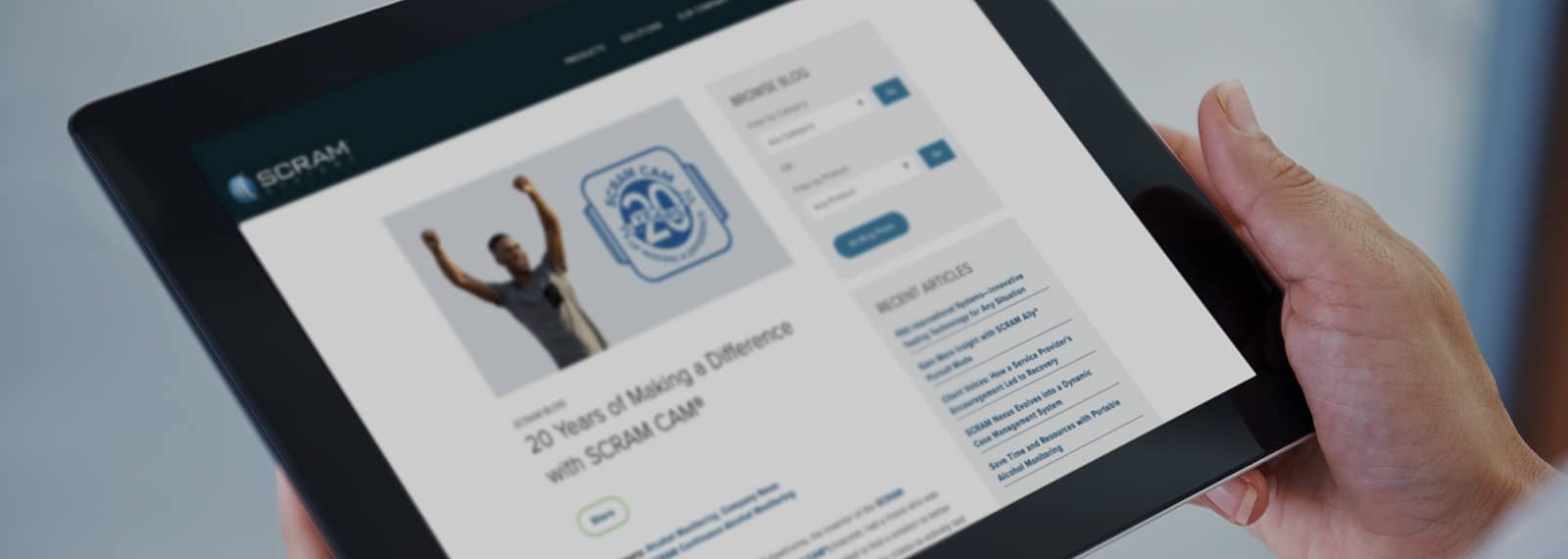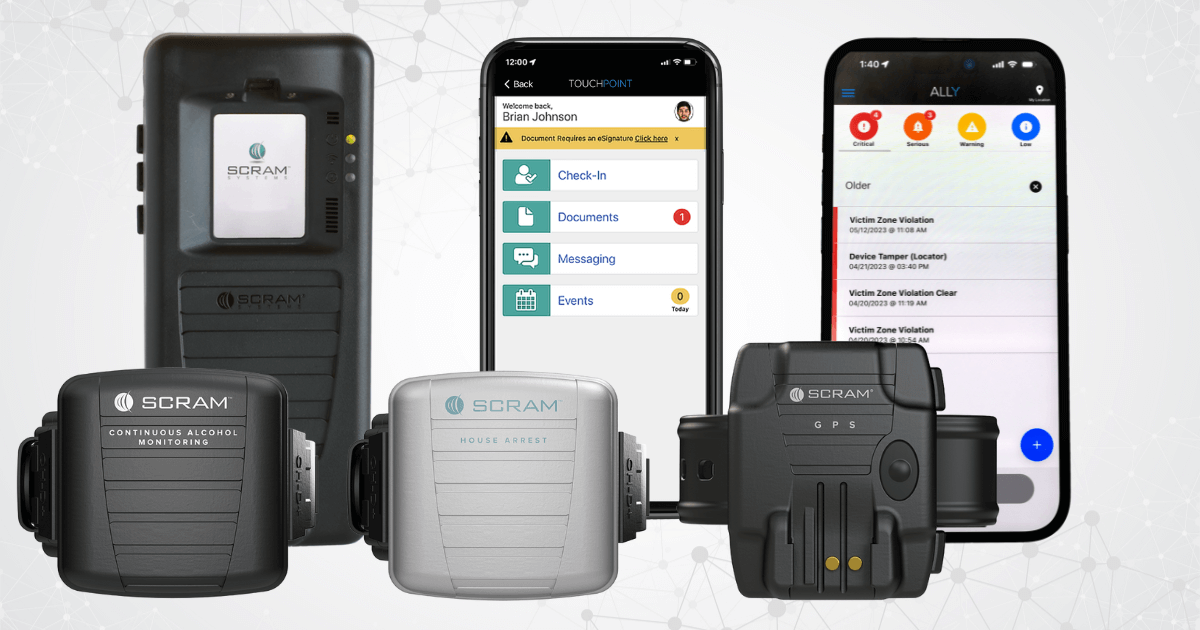
Alcohol Monitoring Options for Any Client
Research shows that “one-size-fits-all” alcohol programs don’t work. Effective and cost-efficient programs tailor requirements to fit each client’s needs and risks. SCRAM Systems provides the solutions you need to manage the full range of alcohol clients in your program and reduce risks to your community.










